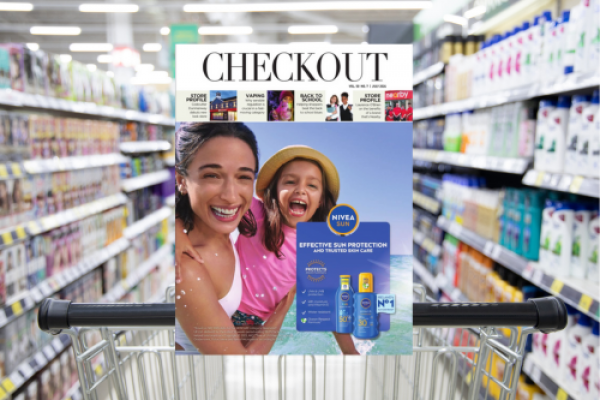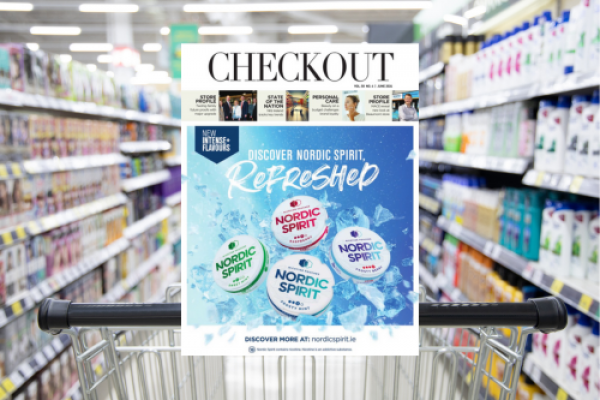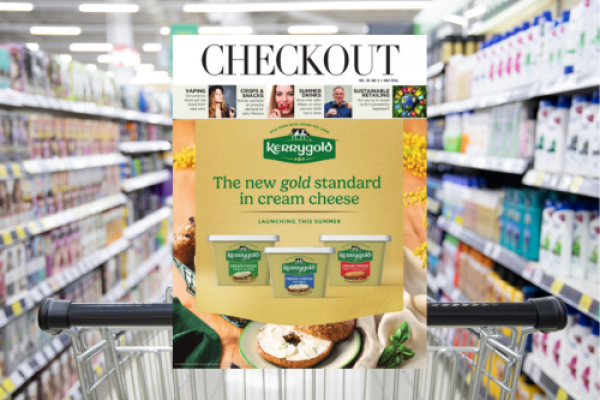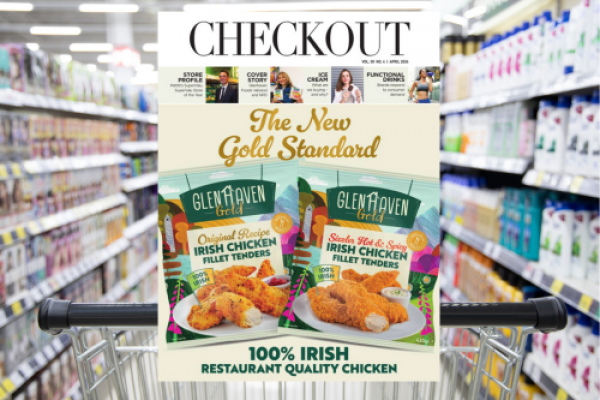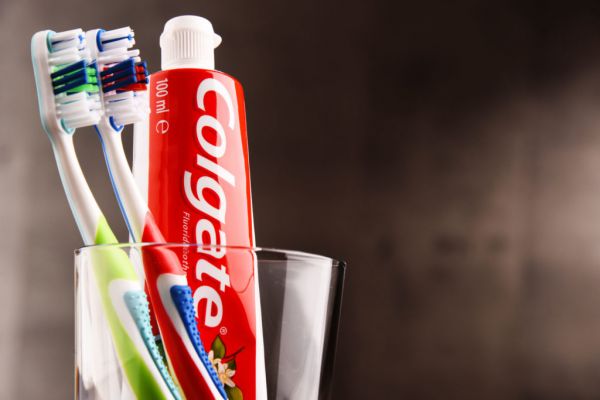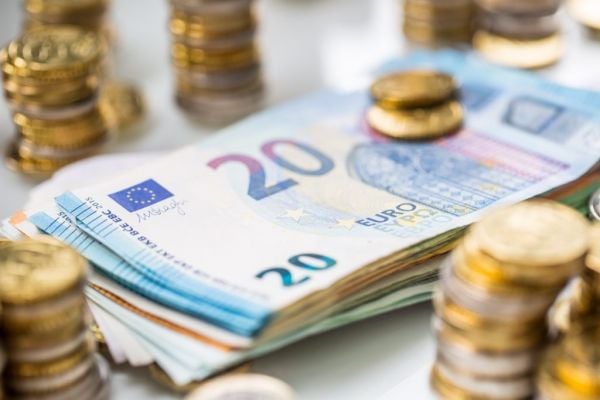Kevin Ecock examines how surveys on drinks industry trends are compiled, and what learnings – if any – we can take from them. This article originally appeared in the May 2013 edition of Checkout
Surveys of one sort or another regularly pop out of both my computer screen and telephone, on a diverse array of subjects; anything from politics to ideas as to how Euro Disney might be improved. We are in a survey and poll-mad world where surveyors are gathering ever-increasing volumes of data as the world begins to understand how to analyse large volumes of information efficiently and usefully.
Allied to this is the inevitable growth of competition among surveyors, researchers and companies that capture data to continually justify their existence and stay ahead of their own competition. Journalism has developed in tandem with all of this and data journalism is now evident on a daily basis where statistics and numbers are given context and relevance. Thus I was not surprised to see a large headline recently that read, ‘86% of wine drinkers say quality is more important than price when it comes to buying wine.’ This was without doubt a good headline. It is dramatic and it is newsworthy. But how accurate is it? How was the survey carried out? Who were the ‘wine drinkers’? Is this a trend or a simple fact based on a specific sample representing a single point in time?
Defining The Methodology
Lulie Halstead, CEO of Wine Intelligence, was in Ireland last year to present a seminar on the consumer’s perception of wine to a Searson’s Expert Series titled ‘The Consumer’s Journey’. At this she made a few salient points in relation to the methodology her company uses to gather data through its ‘Vinitrac’ model.
One vital component is that in Ireland a sample size of at least 500 respondents is required to assure reliability; in the UK, this rises to 1,000, while in the US, 2,000 are required. Another interesting point is that focus groups are not used by Vinitrac as they tend to need ‘regular input from exactly the same complete group of respondents’ and that this ‘requires more time from respondents, for which they are paid, and panels are therefore more heavily skewed towards home-based consumers, e.g. students and homemakers’. Vinitrac accesses an accurate weighted sample of adult regular wine drinkers by extending invitations to take part in online surveys.
Wine Intelligence told Checkout, “We’ve conducted several surveys in Ireland, and mainly private research for non-Ireland based clients. The last survey we conducted was at the end of last year, and we are likely to run another survey over the next six months, although we don’t have anything fixed yet.” Information for the Searson’s event was gathered in this fashion and showed a great range of information such as Ireland’s favourite grape types, where and when wines are being consumed and what drives the purchasing decision. The survey also found that 76% of respondents said they that they buy based on promotional offers.
Crunching The Numbers
These, and other companies, are capable of supplying research services that aid marketing decisions to the wine trade. These services, however, are not free, and as Michael Foley, Director of Marketing at the Findlater Wines and Spirit Group was at pains to point out in a recent interview with Checkout, in the current economic climate there just aren’t a lot of funds available for research purposes.
However, he pointed out that there are many other avenues open to marketeers to glean useful information. An obvious one is the myriad of statistics available from exporting countries. Wines of Australia, Argentina, Chile, South Africa, New Zealand and Champagne are just a few of the generic marketing bodies that supply information back out to the trade. Most of these cost nothing at all and can show trend and style developments based on shipping statistics.
Another very useful bank of numbers is gathered by the Irish Wine Council (IWC), which operates under the auspices of the Alcohol Beverage Federation of Ireland (ABFI) within IBEC. The IWC gathers Country of Origin total cases imported from its members. It only has five members but as these are all big players in the trade, the information is significant. They then couple these figures with tax warehouse wine clearance and ex-ship case totals from Revenue. This allows the IWC to calculate the percentage that their numbers don’t show (Ex-ship catches wines that may be brought directly into the country bypassing the bonding system. Aldi, for example, doesn’t bond in Ireland at all but would have to pay its excise liability and this is then lumped into the ex ship category by Revenue). Thus with little or no spend, wine marketing departments have access to raw numbers that show where trends are developing within the trade.
Measuring Trends
In terms of measuring wine trends, Rabobank produces a number of sectoral reports, one of which deals specifically with the Beverages Sector. It captures a great amount of useful wine information in this way. Helen Petrini of Rabobank tells us that, “The research by the bank consists of industry reports, which cover a specific topic – for example Argentina Bottled Wine and the Path to Regaining Competitiveness. These reports are sporadic and usually cover a defined topic in a specific region. The other publication is the Wine Quarterly. We produce quarterlies for several industries such as dairy, beef, etc. The reports are primarily for customers of the bank and in addition can be used by journalists.”
The bank’s latest Wine Quarterly contains nuggets of data such as analyses of bulk wine prices across major producing countries. Some of these are broken out by grape varietal. There are Export Trends for each of the main producing countries. All of these International Trends are placed into context by world production and consumption figures and, of course, by a quick currency prediction. The information is excellent and gathered “from industry sources and self-produced original research,” says Petrini. “Rabobank has banking relationships with many wine companies all over the world and insights are gathered from collective customer interactions as well as the more general sources.”
Another company that provides intelligent analysis on a monthly and quarterly basis is Mintel. It has a dedicated Food and Drink division that can produce detailed bespoke reports. Amanda Lintott tells us that Mintel produced an Alcohol Retailing in Ireland Report – 2012 in addition to a whole report on Wine in Ireland published in 2011.
The detail in these reports is impressive. The 2012 report was commissioned by ABFI and DIGI (Drinks Industry Group in Ireland). Among the statistics it listed was that of the ‘€938 million estimated for 2012, the greatest share of wine sales will come from ROI, which is set to account for €610 million compared to €328 million in NI’. It also estimated that ‘going forward, wine sales in Ireland are forecast to decline by €69 million over the period 2013 to 2017, from €891 million in 2013 to €822 million in 2017, with sales in NI expected drop below €300 million at this time’. Elsewhere, the DIGI web site is a fund of information itself. Reports such as The Drinks Market Performance in 2012 by Anthony Foley of the DCU Business School or the latest Alcohol Consumption Figures are there for all to view and to use.
Wine Drinkers Study
The survey I mentioned previously, regarding ‘86% of Wine Drinkers…’ was commissioned by Santa Rita in Ireland. It’s a good example of a small survey being carried out to help a brand stay ahead of its competition. The headline was of course dramatic - marketing departments wouldn’t have it any other way!
Commenting on the study, As Terry Pennington, Commercial Director (UK & Ireland) for Santa Rita wines, said: “This survey has really interesting results and it’s good to know that customers are still willing to go that little bit extra for quality wines. While Santa Rita 120 is our best known brand and is the top selling Chilean wine in Ireland, we also want to let consumers know about the wider range of Santa Rita wines, which include our Reserva and Medalla Real wines and the stunning Casa Real.”
Pennington can say this because that’s what his survey delivered to him. However, he knows that it also delivered many other results, which he will have to work hard to overcome. These include the statistic that just 13% of wine drinkers stick to the same brand of wine all the time, whereas 87% said they switch brands regularly. 71% say that they change grape varieties regularly, with only 29% saying they prefer to stick to the same grape variety. Over two-thirds (67%) don’t stick to a specific region or country when choosing their wine. Evidence that headlines don’t always tell the full story.
The Irish wine trade will approach 9 million cases imported this year. It will have to deal with a very serious increase in excise duty at a time when consumers’ wallets continue to be squeezed. It will need to understand how to make profitable sales within this environment. This is where research and analysis can help. Quality decision making relies on accurate, reliable and current data. There are many sources of quality information available; wine marketers should be aware of both the challenges and opportunities that these various sources present.
© 2013 - Checkout Magazine by Stephen Wynne-Jones

